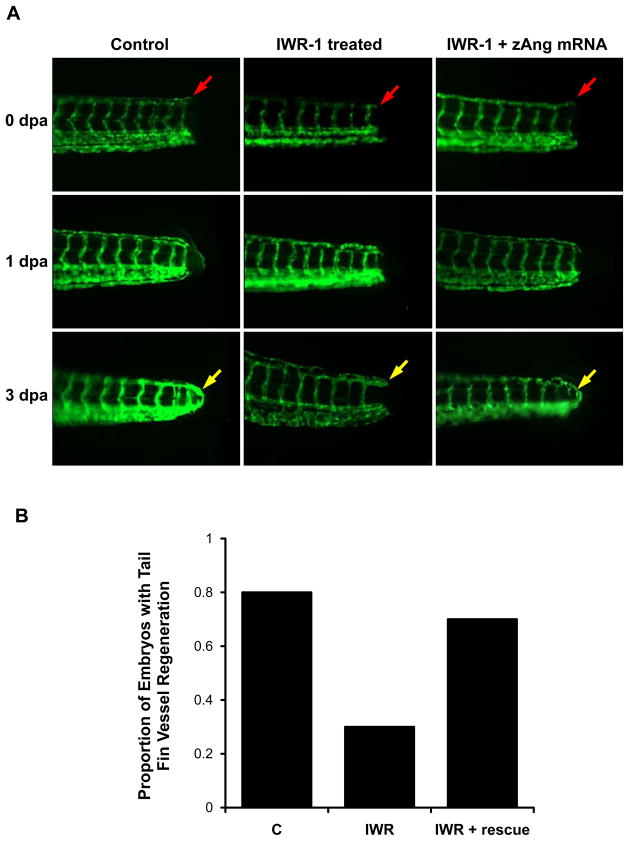Fig. 6. Wnt-Ang-2 signaling and vascular endothelial repair.
(A) The tails of transgenic Tg (kdrl:GFP) zebrafish embryos were amputated at 72 hpf. At 0 day post amputation (dpa), the red arrow pointed to the site of injury. At 1 dpa, initiation of endothelial repairs was present. At 3 dpa, complete tail repair was observed, as indicated by the yellow arrow. IWR-1 treatment (10 μM) inhibited tail repair at 3 dpa. zAng-2 mRNA injection restored tail repair in IWR-1-treated fishes at 3 dpa. (B) Quantification of tail repair. These experiments were repeated for n = 20 in each treatment group, and each fish was assessed for the presence of tail repair at 3 dpa. The proportion of fish exhibiting tail repair in each group showed a significant difference between the control and IWR-1 treatment conditions (*p < 0.01, n = 20) and between IWR-1 treatment with and without zAng-2 mRNA injection (# p < 0.05, n = 20).

